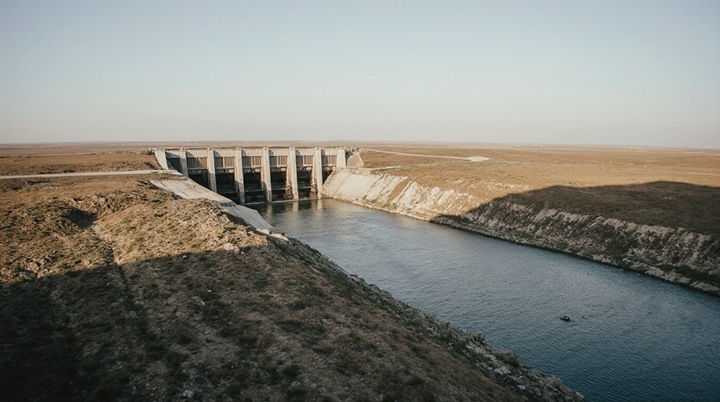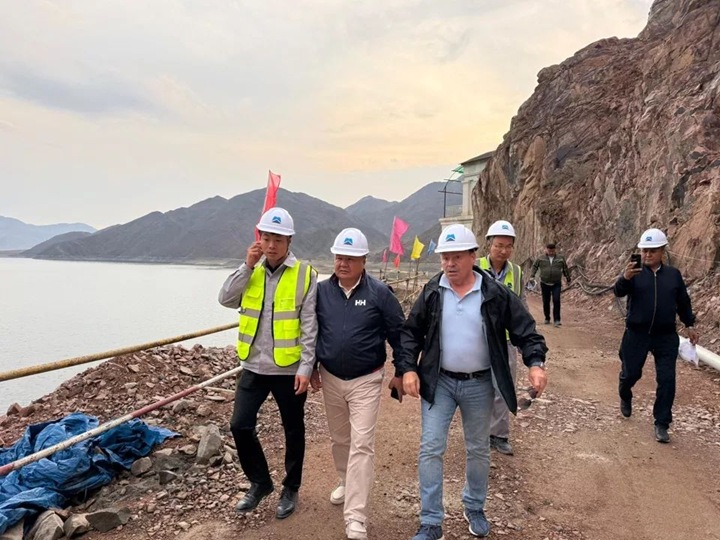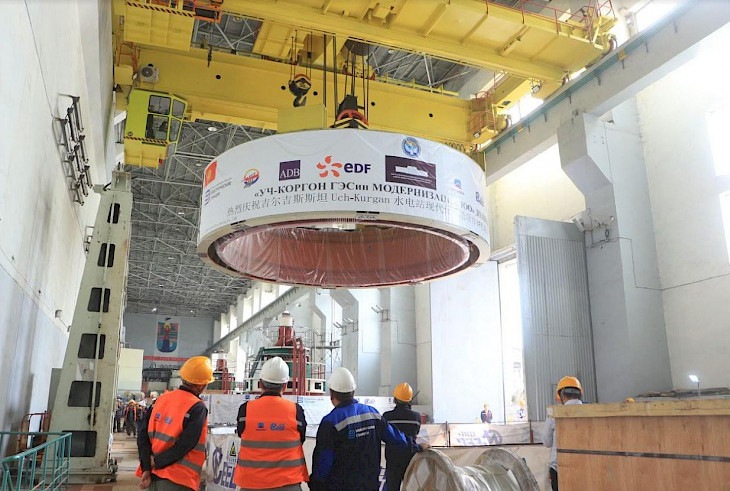Thousands of small hydropower plants for Uzbekistan: a new loan from the World Bank
The World Bank has decided to allocate a soft loan to Uzbekistan in the amount of $ 150 million. These funds are intended for a new project, which, as stated in the bank’s press release released today, is designed to develop the small hydropower sector and increase the stability of electricity supply in the country. It is noteworthy that it is planned to involve the private sector in the implementation of the project, including local developers of small hydroelectric power plants and commercial banks, which raises questions about priorities – whether these will be exclusively economic benefits or due attention will be paid to environmental aspects.

Forecasts indicate that by 2030 Uzbekistan’s demand for electricity may double, reaching more than 120 billion kilowatt-hours. Despite the declared increase in electricity production, about 10% of current needs remain uncovered, which results in power outages, especially acutely felt in regions with insufficient energy supply and rural areas. The main reason for such failures is called problems in energy transmission and distribution systems, however, the construction of new generating capacities, even small ones, also requires a thorough analysis of their integration into existing networks and the potential impact on the environment.
Small hydroelectric power plants with a capacity from 100 kW to 5 MW, which are supposed to be placed on existing irrigation canals, are presented as a practical solution to increase electricity generation in energy-deficient areas. It is claimed that they are able to improve the reliability of electricity supply and contribute to regional development.
The project developers emphasize the economic efficiency of small hydropower plants and the minimum cost of their maintenance. It is assumed that the ability to use the existing network of irrigation canals makes such facilities attractive to private investors focused on small-scale renewable energy sources. Nevertheless, when assessing economic feasibility, it is important to take into account not only direct costs, but also possible environmental damage, which often remains outside the scope of such calculations, as well as the cumulative effect of the construction of many such facilities.
According to Tatyana Proskuryakova, World Bank Regional Director for Central Asia, the government of Uzbekistan intends to invest in the construction of about 3,000 small hydropower plants, bringing their total installed capacity to 160 MW by 2026, which, according to calculations, will provide additional 280 thousand people with electricity. Financed by the World Bank and implemented by the Ministry of Energy of Uzbekistan in 2025-2030, the project should contribute to the achievement of these ambitious plans. It provides for the provision of access to financing through Uzbek banks for local developers of small HPP projects. In addition, it is expected to attract about $ 38 million in private investment to expand the hydropower infrastructure. The scale of these plans raises legitimate concerns about the cumulative impact of such a number of hydraulic structures on the country’s water resources and ecosystems.
It is expected that by 2030, the project will finance the construction of small hydropower plants with a total installed capacity of up to 150 MW. It is predicted that they will annually generate over 520 gigawatt-hours of electricity, which is positioned as “environmentally friendly”. It also claims to reduce carbon dioxide emissions to 430,000 tons per year.
At the moment, the project has tentatively identified about 270 sites that are considered suitable for the construction of small hydropower plants on existing irrigation canals in various regions of the country. Most of these sites (93%) designed for stations with a capacity of 100 to 1000 kW. The electricity produced by small hydropower plants, which will be financed under this project, will be purchased by JSC “Regional Electric Networks”.
The project is also announced as having great potential to create new jobs, stimulate local production and intensify economic activity in the areas where small hydropower plants are located. Of course, the socio-economic development of the regions is an important task, but it must be sustainable and not undermine the natural foundation, on which the well-being of the local population largely depends in the long term.
Alexander Eskendirov (Rivers.Help!)
Original (in Russian): Тысячи малых ГЭС для Узбекистана: новый кредит от Всемирного банка


